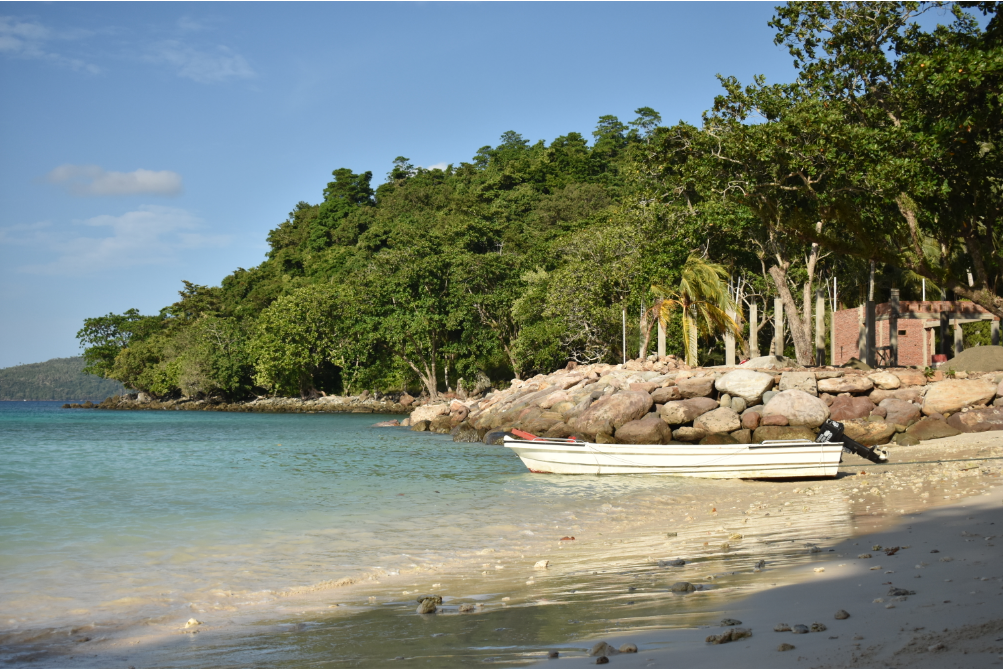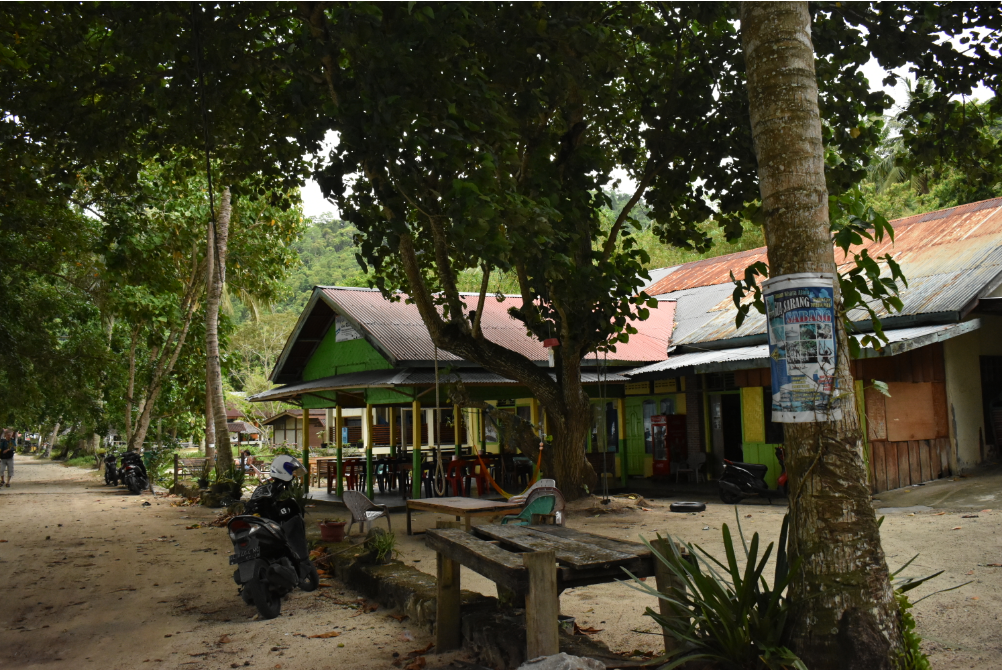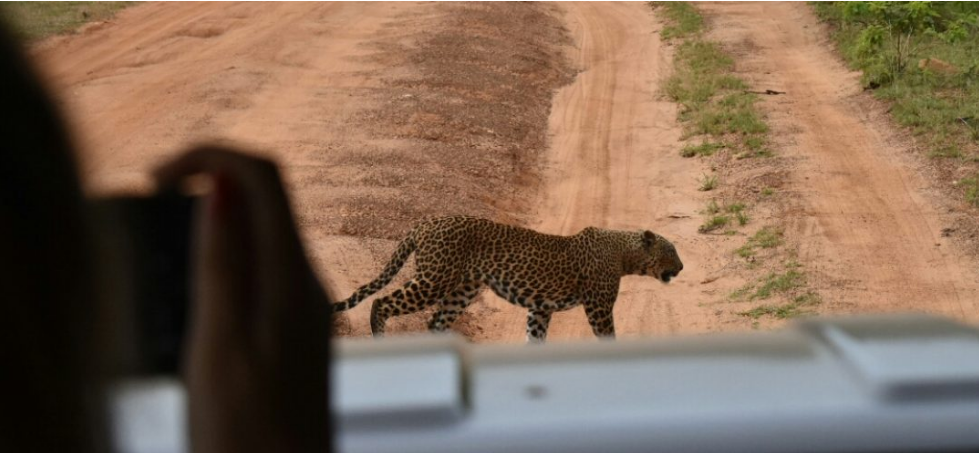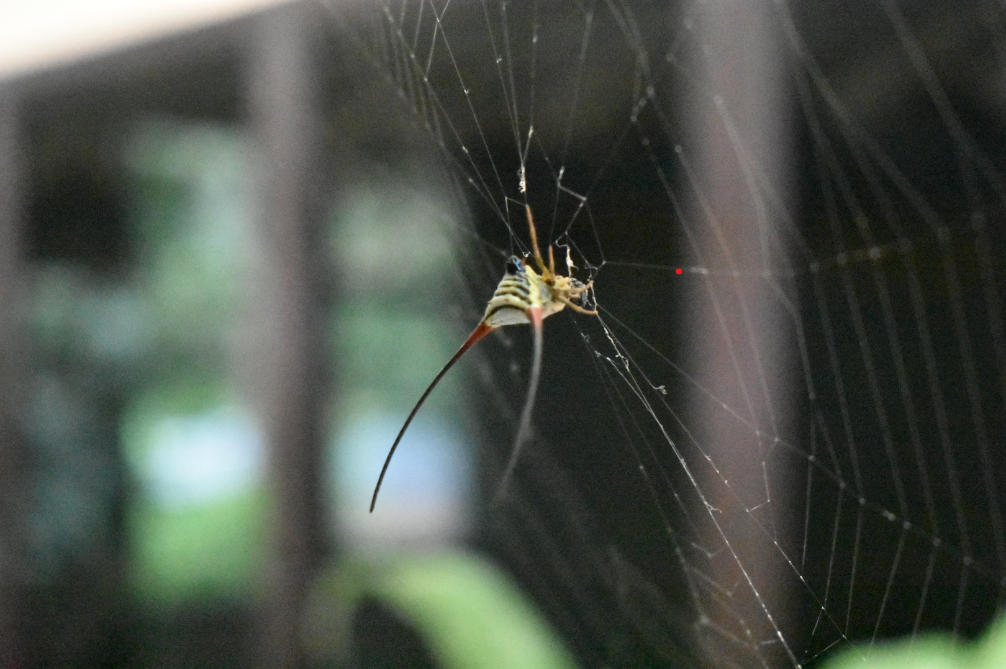
Where is this?
Pulau Weh is a tiny island off the western tip of Sumatra (and Indonesia) and Banda Aceh, capital of Aceh province, is right across the water. “Quite a few” is the best way to describe the tourist numbers visiting Pulau Weh, having just entered the step to popularity after intrepid hippies. As for Banda Aceh, too many people skip through it – I would have actually liked the city more than Pulau Weh were it not for the snorkeling. That plus diving used to be the only reason anyone came here, but now a lot of beach bums come here too.
How do I get there?
Pulau Weh now has its own airport, which could render Banda Aceh’s pointless in the future. Currently, flights only run to and from Medan on a couple of carriers so that day may be a long way off. By comparison, you can fly to Banda Aceh for less even from Kuala Lumpur (Airasia quote a price of around £20). Once you get there you’ll be mobbed by a human wall of taxi touts, but if you arrive during the day you should be able to catch a becak for a more reasonable rate by walking out to the main road.
In Banda Aceh you can catch a black labi-labi (Thailand travellers will call these songthaews) to wherever you want to go – and that includes the ferry port. Waiting at the side of the road for one will invite a lot of becak drivers over, so there may be a lot of “no-thanks” before you get lucky.
The slow ferry leaves less frequently than the fast ferry but is the only one that can take cars or motorbikes. I found it to be a better journey for the fact that I could sit outside and catch a seabreeze, and watch the fishing boats bobbing about. Both will generally merit an early start, especially if catching a plane the same day.
Once on Pulau Weh, taxis, becaks and minibuses await you. Most of these can be shared, so finding some friends is a good idea. Becaks are probably your cheapest option if you really are flying solo. Going back, Lumba-Lumba have a section on their board for who’s leaving on what date, making finding cost-splitters easier.
What wildlife lives here?
The main reason people come here is for the diving, so starting with that makes sense. Despite the bleached coral reefs, huge shoals of fish are to be found at various sites around the island. The “house” reef, right off Gapang, can be explored by renting a mask and snorkel from Lumba-Lumba and if you see anything exciting you may want to write it on their board. Angelfish, parrotfish and needlefish swim about and moray eels and triggerfish hang about on the sand. Going further afield on the boat can result in stingrays, reef sharks, turtles, barracudas, lionfish and even dolphins. Ask the staff and they can advise you on the best sites.

On land, Pulau Weh’s wildlife is much more limited. Kingfishers hang about the trees in Gapang and macaques also regularly pop into town, only to be chased off. Having dinner at the warung just outside Gapang as it gets dark is likely to result in the sight of fruit bats materialising out of the distance. Giant bats gliding effortlessly has got to be one of the most majestically exotic sights ever.
Where should I stay?
On Pulau Weh, there are many options around the island. The top two are Iboih and Gapang Beach – I chose the latter, for the fact that I had heard it was more quiet and more natural. Indeed, doing an ATM run to Iboih made me think I was in Spain with all the concrete and becaks milling about town, in contrast to the tree-lined beach and occasional passing motorbike at Gapang.
The most popular is Lumba-Lumba Dive Centre, which is also probably the only place you’ll find to be full. Their rooms are clean and have western-style showers plus sit-down toilets, and their staff whether backpacker or local are perfectly fluent in English. Also, it’s the only place with Wifi (you should be able to get this as long as you go diving with them) and the only place that can be pre-booked.
Right next door is Dang-Dang Na, whose green restaurant sits in front of their bungalows. Their cheapest rooms leave a lot to be desired. Through their design, guaranteed is leaving your phone suspended as it charges and waking up at first light, and getting dengue fever is a possibility. An extra 50,000 gets you mosquito screens, curtains and a double bed, as well as a table beneath the sockets. They cook up some good food there, and the lady in charge is very friendly.

Further down the beach is an unnamed guesthouse, who have been in business ten years yet haven’t put up any signs. It’s located across a wooden bridge, a couple of buildings down from Monster Divers. Rooms are wood panelled, and come in fan or AC options.
Lastly, one option above a restaurant that proudly advertises its western food claims to be the cheapest place in Gapang. Well, the beds are coated in plastic and the toilet is squat plus none of the “staff” seem to care much for it (in fact, it’s probably best if we call it unstaffed until pay-day) so I could believe that. The guy quoted me a price of 250,000. I didn’t bother haggling, since I didn’t want to stay here anyway.
In Banda Aceh, I stayed at Hotel Siwa. Hot showers, 24-hour reception, English speaking staff and a free breakfast make this a great value hotel. There’s also a sprouting Airbnb scene in town.
Where should I eat?
There are a number of restaurants in Gapang that prepare fried meat and some Indonesian dishes, along with excellent coffee. Dang-Dang Na sometimes get a bunch of coconuts harvested, and will let you know if they do. Just outside the gate to Gapang is a more local eatery with a fantastic view of the bay (this is where you go to see the bats). Vendors often come into town with a motorbike and crate full of snacks, including Mama Doughnut who actually times her arrival well to coincide with returning dive boats. Banda Aceh is like any other Indonesian city, with cafes (warungs) dotted about the streets.
What else can I see?
On Pulau Weh, you can visit KM 0, the westernmost point of Indonesia and WWII Japanese military bunkers, reachable by hiring a motorbike. Other than that, there isn’t a great deal to do but relax.
In Banda Aceh, almost every sight is related to the tsunami of 2004 which hit the area hard. To get an idea of how hard, there’s a fishing boat on top of a house and a huge tanker, both washed far inland by the waves. The Tsunami Museum is more of an art gallery than anything else but I found the Stanley Kubrick-esque corridor near the entrance, fifteen metres tall with water gushing down the sides and the sound of waves and gurgled screaming constantly played to be creepily mesmerising. Oh, and that room with the names of the dead was equally sobering.

How much will it cost?
- Flight from KL to Banda Aceh: £25
- BA airport to town centre becak/ taxi: 80,000/ 100,000
- BA town to ferry port labi-labi/ becak: 10,000/ 30,000
- Slow/ fast ferry: 27,000/ 80,000
- Hotel Siwa: 220,000
- Dang-Dang Na: 150,000 (non-masochistic option)
- Lumba-Lumba cheapest room: 200,000 (shared bathroom)
- No-name guesthouse: 150,000 fan/ 200,000 AC
- Snorkeling trip on boat: 140,000 (tagging along with the divers to wherever they’re going)
- Dive trips: Can be brought down to £20 if you take multiple dives and are already licensed. Shop around.
- Meal at local eatery: 27,000
- Nearly every snack/ drink: 10,000
- Tsunami Museum: free




